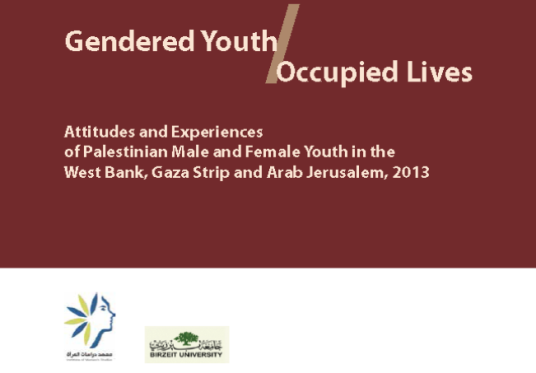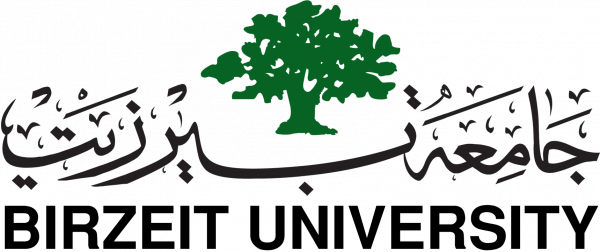
This report is the first in a series to be published using the 2013 Gender Youth Survey data set undertaken by the Birzeit Institute of Women’s Studies (IWS). The IWS Gender Youth Survey of 2013 aims to widen the understanding of youth experiences and attitudes in the occupied West Bank and Gaza from both a gender and geographic perspective. Youth as a social, cultural (and increasingly political) category have become the object of interest, speculation and policy (by government and donors) as well as targets of interventions by non-governmental organizations (NGOs) in both the occupied territories and the Arab region. The global interest in Arab youth began following the events of September 11, 2001 and the subsequent findings of the 2002 Arab Human Development Report (AHDR) that focused on unemployment in the region and the need to create opportunities for future generations (Bayat 2005). Taken together, September 11th plus the AHDR put a problematic political focus on Arab youth as an allegedly dangerous generation turning towards fanaticism in the context of structural unemployment and lack of political voice (Swedenburg 2007). Less than a decade later, the leading role of youth in the Arab Spring initially put that earlier assumption to rest—and suddenly Arab youth were perceived as the hope for freedom and democracy throughout the region. Both views suggest the degree to which “youth” is an extremely politicized category that various actors and political forces imbue with different and often competing agendas. They also suggest the pitfalls of making simple assumptions about the category “youth” in any context (Swedenburg 2007).
In occupied Palestine, youth as a political category has also been through some major changes and reversals. The “shabaab” of the first Intifada was a political category that expressed the degree to which youth (particularly male youth) were perceived as the active and leading agents of national resistance (Peteet 1994, Collins 2004). In the Oslo period, “youth” then turned into a social policy category, a social problem in need of interventions such as jobs or education (Bornstein 2001). In the second Intifada, “fighters” replaced “shabaab” as the main agents of resistance, perhaps suggesting that militarization creates political categories that overshadow the demographic or social dimensions of who fighters are (Bucaille 2006).
In all cases, what is clear is that the “youth” category in the occupied territories has overwhelmingly been defined in terms of the experiences, actions and problems of young men. Young women are statistically present in youth surveys and are measured equally with their male counterparts, but the overriding issues and perspectives that are focused on rarely capture the specific gendered experiences of female youth in comparison to male youth. Instead, female youth are usually studied as part of the category “women.” In reports focused on gender issues, if they appear it is as a demographic category—“young women,”—rather than being studied for themselves, as youth.
These distinctions and omissions are important. They are not only about definitions but how we produce knowledge that can result in marginalizing and hiding the experiences of whole social sectors. If young people are only understood from the perspective of young men, and if young women are only understood from the perspective of older women, then cle

